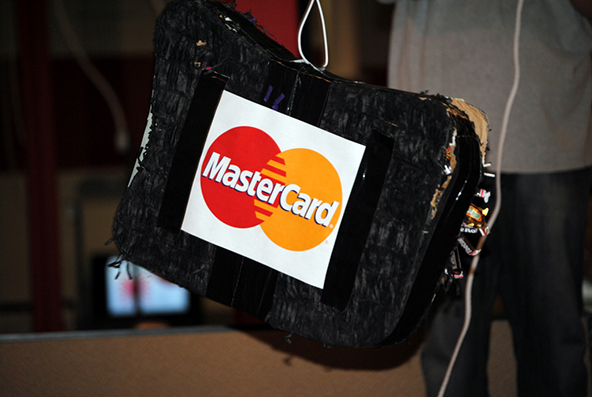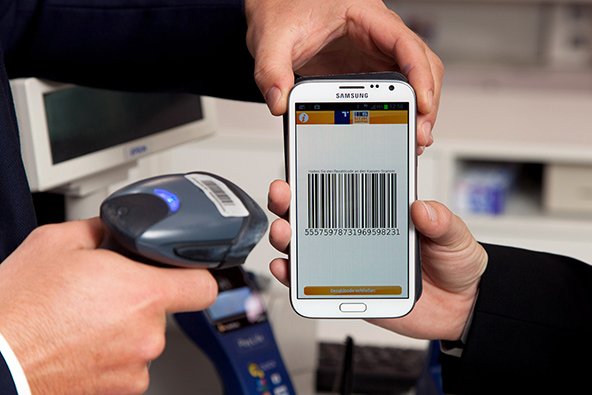Business Owners Don’t Understand Credit Card Processing

That is a fact that has been confirmed continually through my conversations and email exchanges with business people over the years that I’ve been in the industry. While it is true that figuring out how the system works and, which is what business owners care about the most, how to get the best possible pricing requires some attention to details and number-crunching, it is also not exactly rocket science. And yet, experience has thought me that only large merchants can be expected to have at least some grasp of how the payment processing system works. But it is your job to educate merchants, you may point out. Well, as I have admitted many times before, education has been a frustrating process. See, to explain why the interchange-plus pricing model is the best one a merchant can sign up for, you would first need to explain what interchange is and how it works and trust me, that has proved incredibly challenging. In any case, I have never been able to quite achieve that feat.
So when this morning I came across an article in The New York Times, written by a small business owner and titled “What You Need to Know About Credit Card Processing”, I admit that my expectations were not exactly high. Well, I’ve just read it and my prejudices have been confirmed. And the sad thing is that Paul Downs — the author — has evidently spent a fair bit of time researching the subject. So what chance is there for his less-dedicated counterparts at other small businesses to figure the whole thing out? But let’s go over Downs’ presentation, a “primer on card-processing basics”, as he humbly calls it.
The Transaction Process
Downs begins by introducing us to the participants in each credit card transaction:
[T]here are four parties involved with every credit card transaction: the merchant receiving the payment (“merchant”), the bank that the merchant uses to provide processing services (“acquiring bank”), the bank that issued the card to the customer (“issuing bank”) and the customer (“customer”).
That is correct. Later on Downs explores the link between the issuing banks and the acquiring banks:
Many banks issue credit cards to customers and act as issuing banks. These banks hand out cards of a certain brand, with Visa, MasterCard and Discover the most common. American Express is a little different — it acts as both the issuing and the acquiring bank and charges a single fee directly to the merchant but will administer the transaction through the acquiring bank so that a merchant can process American Express transactions through the same terminal as the other cards.
The author is correct about Visa, MasterCard and American Express, but not about Discover. Similarly to AmEx, Discover is both an issuer and acquirer of its cards. I think that Downs has got this one wrong, because he gets the report of his Discover transactions in the same statement with which he gets the one for Visa and MasterCard, whereas his AmEx transactions are sent to him in a separate statement. Still, anyone who has spent any amount of time researching the subject should be expected to have learned how each of the four major brands does its business at the most basic level.
Interchange Fees and Discount Rate
But it gets really interesting when we move on to the part involving the processing fees. Here is what Downs has to say on the all-important subject:
The money in the transaction is lent by the issuing bank to the customer, who will either pay off the debt within 30 days or add it to a balance and pay interest on it. Technically, as I will explain in a moment, the acquiring bank is also making a loan to the merchant. Fees are deducted by both the issuing bank and the acquiring bank, so that the amount of money that ends up in the merchant’s account is less than the amount charged the customer.
The issuing bank’s fee is called the interchange fee. The acquiring bank’s fee is called the discount rate, and it might be supplemented with other fees. Both the interchange fees and the discount fees are expressed as percentages of the transaction, although a small fixed amount may be associated with each transaction.
So how do you read that? It is not explicitly stated, but the author seems to imply that the interchange fee is charged separately from the discount rate, which would be very wrong. In fact, Downs would have done his readers a great service if he had simply given them the definition offered by Wikipedia to which he himself has linked: “[t]he discount rate comprises a number of dues, fees, assessments, network charges and mark-ups merchants are required to pay for accepting credit and debit cards, the largest of which by far is the Interchange fee” (my emphasis). That makes it clear not only that the interchange is part of the discount rate, but also that acquirers end up charging a much smaller fee than issuers do.
On Chargebacks
No credit card processing review could be complete without a look at chargebacks and Downs’ is no different. However, the author commits a classic error in defining the term. A chargeback, he declares, “happens when a customer disputes a charge successfully”. No, it doesn’t. A chargeback is initiated as soon as the issuing bank sends a credit card transaction dispute to the acquiring bank. Crucially, even if the dispute is eventually adjudicated in the merchant’s favor, the chargeback remains on the merchant’s file and that is where the issue lies. Let me explain.
Visa and MasterCard have made it mandatory for acquirers to monitor their merchants’ chargeback ratios. When a certain level is reached, the merchant becomes a “Chargeback-Monitored Merchant” and its acquirer has to report it to Visa and MasterCard. When an even higher chargeback level is reached, the merchant becomes an “Excessive Chargeback Merchant” and a report is also submitted. On top of the hassle of having to file reports for chargeback-prone merchants, acquirers are also charged fees for each month a merchant has been placed in one of the above-mentioned categories and these fees can be quite heavy. To make matters worse, if the merchant cannot bring its chargebacks under control and below the action-triggering levels, the penalty fees get steeper.
Then there is the liability issue. If a merchant with a high chargeback ratio goes out of business (and it will, if chargebacks are not brought under control), the acquirer is left liable for the chargeback amounts. As chargebacks can be initiated for as long as six months after the transaction date, the liability can be quite substantial.
The Takeaway
There are other issues with Downs’ “primer”, but you get the point — having, by his own admission, researched the subject extensively, the author still doesn’t understand the basics. Now, as far as processing costs are concerned, I do have some sympathy with the notion that the interchange structure is way too complex and believe that it should be simplified. However, even as things stand, I would have expected that at the very least Downs would have been able to read his processing statements correctly.
Image credit: Tnsi.com.


